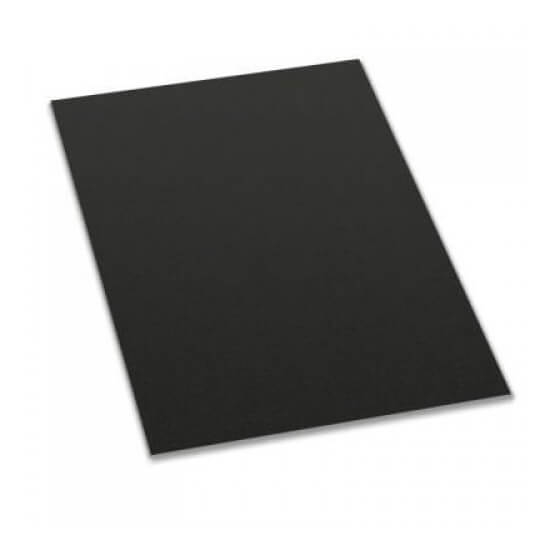Lith Corporation, founded in 1998 by a group of material science doctor from Tsinghua University, has now become the leading manufacturer of battery lab&production equipment. Lith Corporation have production factories in shenzhen and xiamen of China.This allows for the possibility of providing high quality and low-cost precision machines for lab&production equipment,including: roller press, film coater,mixer, high-temperature furnace, glove box,and complete set of equipment for research of rechargeable battery materials. Simple to operate, low cost and commitment to our customers is our priority.
Carbon Paper: A Comprehensive Guide
Carbon paper is a thin, inkcoated sheet of paper that facilitates the transfer of writing or images from one surface to another. It has been widely used in various applications, ranging from manual duplication to artistic tracing. Below is an indepth exploration of carbon paper, including its composition, types, uses, advantages, and limitations.
●1. What Is Carbon Paper?
Carbon paper is a type of coated paper designed to produce duplicate copies of written or drawn content. It consists of a thin sheet of paper coated on one side with a layer of ink or pigment. When pressure is applied (e.g., through writing or drawing), the ink transfers onto the underlying surface, creating an exact replica of the original.
●2. Composition of Carbon Paper
A. Base Material
The base material is typically a thin, lightweight paper or plastic film.
This ensures flexibility and ease of use.
B. Coating
The coating is made of a mixture of wax, oil, and pigment or dye.
The choice of coating depends on the intended application:
Inkbased coatings: For clear, sharp reproductions.
Dry coatings: For clean handling and minimal smudging.
C. Optional Layers
Some carbon papers include additional layers for durability or specialized functions, such as heat resistance or water resistance.
●3. Types of Carbon Paper
A. By Coating Type
1. Wet Transfer Carbon Paper:
Uses a wet ink coating that transfers easily but may smudge.
Commonly used for manual duplication tasks.
2. Dry Transfer Carbon Paper:
Features a dry coating that reduces smudging and provides cleaner results.
Ideal for precision work like technical drawings.
B. By Color
Carbon paper comes in various colors, such as black, red, blue, and green.
The color choice depends on the visibility required for the task.
C. By Application
1. Standard Carbon Paper:
Generalpurpose paper for duplicating documents.
2. Tracing Carbon Paper:
Designed for transferring designs or patterns onto surfaces like fabric, wood, or metal.
3. HeatResistant Carbon Paper:
Used in hightemperature environments, such as industrial marking.
4. Waterproof Carbon Paper:
Resists moisture, making it suitable for outdoor or wet conditions.
●4. How Carbon Paper Works
1. Placement:
Place the carbon paper between the original document and the target surface, with the inked side facing the target.
2. Application of Pressure:
Write or draw on the original document using a pen, pencil, or stylus.
The pressure causes the ink to transfer onto the target surface, creating a duplicate.
●5. Applications of Carbon Paper
A. Office and Administrative Use
Creating duplicate copies of handwritten forms, receipts, and invoices.
Used in multipart forms before the advent of digital systems.
B. Art and Design
Transferring sketches or designs onto canvas, wood, or other materials.
Used by artists, tailors, and crafters for patternmaking.
C. Industrial Applications
Marking parts during manufacturing or assembly processes.
Used in engineering for transferring technical drawings.
D. Education
Teaching tools for demonstrating concepts like geometry or drafting.
Toray Carbon Paper
●6. Advantages of Carbon Paper
1. CostEffective:
Affordable and readily available for smallscale duplication tasks.
2. Simple to Use:
Requires no special equipment or training.
3. Versatile:
Suitable for a wide range of surfaces, including paper, fabric, metal, and wood.
4. Permanent Results:
Produces durable, longlasting copies when used correctly.
5. Portable:
Lightweight and easy to carry, making it ideal for fieldwork or travel.
●7. Limitations of Carbon Paper
1. Smudging:
Wet transfer carbon paper can smudge if handled improperly.
2. Limited Copies:
Only produces one copy at a time, unlike modern photocopying or printing methods.
3. Environmental Concerns:
Some carbon papers contain nonbiodegradable components, raising disposal issues.
4. Durability Issues:
Thin paper can tear easily, especially with repeated use.
5. Outdated Technology:
Replaced by digital solutions in many industries, limiting its relevance in modern settings.
●8. History of Carbon Paper
Invention: Carbon paper was invented in 1806 by Englishman Ralph Wedgwood as a tool for blind writers.
Popularity: It gained widespread use in the 19th century with the rise of typewriters.
Decline: Its usage declined in the late 20th century due to advancements in photocopying and digital technology.
●9. Modern Alternatives to Carbon Paper
1. Digital Scanners and Printers:
Provide faster and more accurate duplication capabilities.
2. SelfDuplicating Paper:
Chemically treated paper that eliminates the need for separate carbon sheets.
3. Electronic Writing Tablets:
Offer realtime digital replication of handwritten content.
4. Transfer Pens:
Specialized pens that work similarly to carbon paper but are more convenient for certain tasks.
●10. Environmental Considerations
Recycling: Many carbon papers are not recyclable due to their ink coatings.
EcoFriendly Options: Some manufacturers now offer biodegradable or environmentally friendly carbon paper alternatives.
●11. Conclusion
Carbon paper remains a practical and costeffective solution for specific duplication and transfer tasks, particularly in artistic, educational, and niche industrial applications. While its use has diminished with the rise of digital technologies, it continues to serve as a reliable tool in scenarios where simplicity and portability are key priorities.
If you're interested in learning more about carbon paper or its applications, feel free to ask!

 ONLINE
ONLINE +86 13174506016
+86 13174506016 Louis@lithmachine.com
Louis@lithmachine.com +86 18659217588
+86 18659217588
 18659217588
18659217588